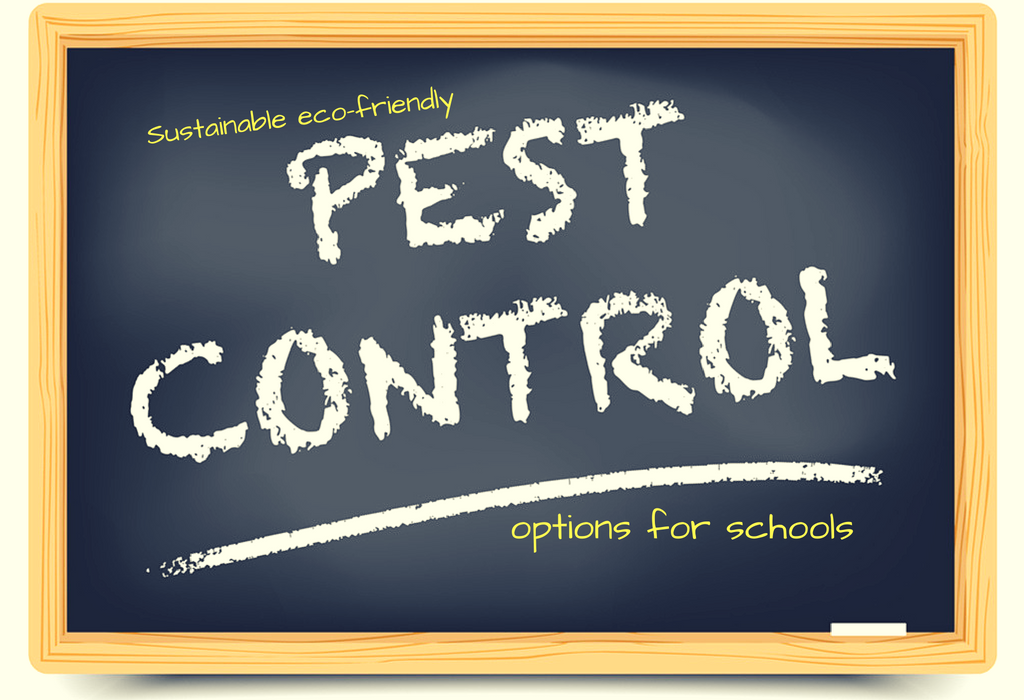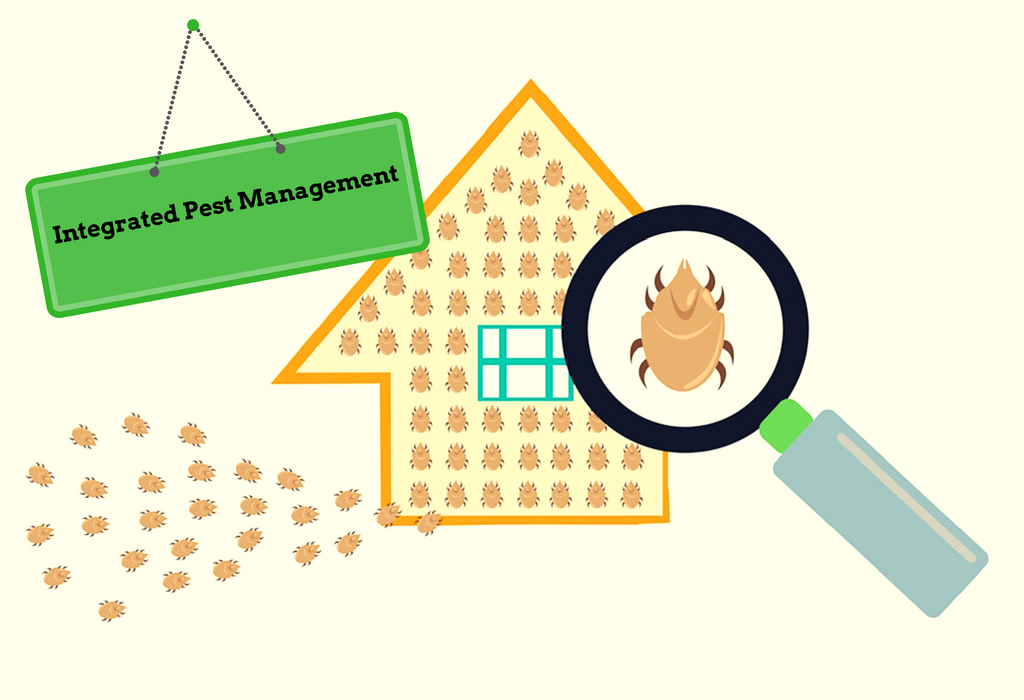When pest control is mentioned, the first thing that probably pops into anyone’s mind is the use of pesticides. However, despite all the benefits some pesticides have to offer, they come with a lot more downsides. Natural pest control is much less expensive than using pesticides and is also safer to the human populace, the natural wildlife and the environment as a whole.
For instance, in Australia, from the millions of pounds of pesticides used in homes each year, half of these aren’t friendly to the environment. Over 80 pesticides used in Australia are completely banned in other developed countries. Out of these 80, 17 pesticides have been proven to cause cancer and more than 30 have been classified as extremely hazardous to health and environment by World Health Organisation (WHO). However, lots of things have changed over the recent years, and with the advent of technology, environmental awareness has also spread far and wide, pest control companies have adopted a philosophy they call IPM (Integrated Pest Management).
Know everything about Integrated Pest Management
The IPM system is an effective and environmentally sensitive approach that relies more on common sense than anything, really. IPM programs employ comprehensive information on the life cycles of pests and their life-long interaction with the environment.
In combination with available pest control methods, this information is used to manage pests while posing the least possible hazard to people, property and the environment. IPM methods, in fact, are focused on two main principles:
-
Pest prevention.
-
Minimal usage of pesticides.
Although this guide isn’t as exhaustive, the full details regarding properly implementing the IPM system (with accordance to the law) can be found in the IPM handbook [1], it should be a good guide towards proper implementation.
All IPM programs are designed based on the particular pest prevention and eradication needs that best suit the situation at hand. Most successful IPM programs use a four-tier implementation approach:
-
Identify the pests and monitor progress.
-
Set action thresholds.
-
Prevent.
-
Control.
I) Identify Pests and Monitor Progress
As the name suggests, this step involves identification of the pest being dealt with and consequently, monitoring of the progress made in the effort to prevent further spreading and infestation of new crops.
This step is important in light of:
-
Determining the best preventive measures.
-
Reducing any unnecessary use of pesticides.
Additionally, correct identification of the pest will prevent the elimination of beneficial organisms.
When monitoring for these pests:
-
Maintain records for each building detailing:
-
Monitoring techniques used
-
Locations inspected
-
Inspection schedule set in place.
-
-
Record monitoring results and inspection findings. This includes suggested recommendations.
There are many monitoring techniques available and these will often vary according to the pest being dealt with. However, successful most IPM programs routinely monitor:
-
Pest populations
-
Areas of the buildings vulnerable to pests
-
The efficacy of the prevention and control methods.
The monitoring results directly influence the IPM plans and these should be updated in response to the monitoring results.
II) Set Action Thresholds
In the IPM context, an action threshold refers to the pest population level at which the pests’ presence can be considered a nuisance, hazardous to the health of the human populace in the occupation of the area and a subsequent economic threat.
An action threshold is critical to all IPM plans and setting one is especially so in guiding pest control decisions.
A well-defined threshold should focus on the size, scope and intensity of the IPM plan.
III) Prevent Pests
Prevention is better than cure; an over-repeated phrase that never fails to lose its meaning. In which regard, all that can be done should be done to ensure pests do not raid the school in the first place.
The environment around the school should not attract any pests, and the IPM plan should, in fact, focus on prevention by removing the invariable environmental conditions that attract pests, such as food, water, and shelter. These are the set of conditions they require in order to survive.
Preventive actions to deter the pests include:
- Reducing clutter: Pests love dirty disorganized places, and once they get a home, they will be quite troublesome to get rid of. The environment should be kept as clean and organized as possible.
- Sealing areas from where pests enter the building (weatherization): Pests don’t materialize out of thin air. They are always lurking around until they are attracted to a set of conditions that will favour their survival.
- Removing overgrown vegetation: These provide natural breeding and hiding ground for pests.
- Maintaining cleanliness: Dining and food storage areas should especially be kept clean. Rodents and insects are the worst criminals when it comes to raiding food areas. They should be kept at bay using cleanliness as a deterrent.
- Removing standing water: This also acts as a breeding area for water-based vectors like mosquitoes. Any still water around schools should promptly be drained.
- Educating building occupants on IPM.
IV) Control Pests
At this point, the action threshold finally comes into play. This is the final phase, and it should only be done should the action thresholds be exceeded. IPM programs typically use the most effective, lowest risk options with consideration to the risks faced by the applicator, building occupants and the environment in general.
There are several methods of pest control that are used with varying effectiveness depending on the pest at hand. This includes:
- Pest trapping; especially effective for rodents.
- Creating an unbearable environment eg. through Heat/cold treatment.
- Physical removal.
- Pesticide application; this should only be used as a last resort.
Documenting pest control actions is critical in evaluating success, and helps in determining what worked and what did not. In case a bump is met along the way, the documentation can always be used for reference.
This documentation should include:
-
An on-site record of each pest control service, including all pesticide applications, in an organised system.
-
Some evidence that non-chemical control methods were considered and implemented.
-
Recommendations for preventing any future pest problems.
Benefits of Integrated Pest Management
IPM offers several benefits. Among many others, it helps to:
-
Reduce pest infestation numbers.
-
Reduce a number of pesticide applications.
-
Save money while protecting human health.


